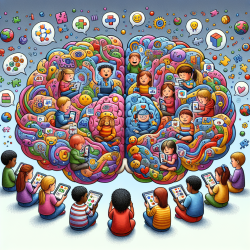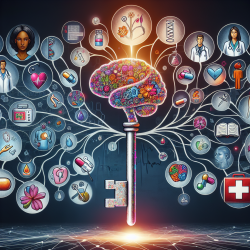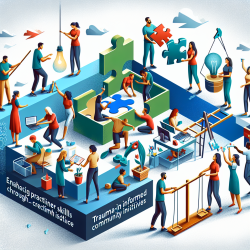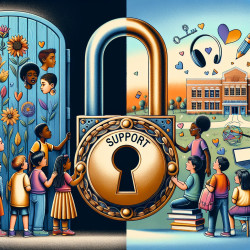Understanding the Social Brain: A Pathway to Enhanced Child Development
The human brain is a marvel of evolution, particularly when it comes to social interactions. The research article "Seven Computations of the Social Brain" (Molapour et al., 2021) delves into the intricate processes that enable humans to navigate complex social environments. This blog aims to translate these findings into actionable insights for practitioners in the field of speech language pathology, particularly those working with children.
Key Components of the Social Brain
The social brain operates through seven core computations that facilitate effective social functioning:
- Social Perception: The ability to interpret social cues such as facial expressions and body language.
- Social Inferences: Understanding others' mental states and intentions.
- Social Learning: Acquiring knowledge through observation and interaction.
- Social Signaling: Communicating through verbal and nonverbal cues.
- Social Drives: Motivations that influence social behavior, such as status-seeking.
- Social Identity: Recognizing oneself and others as part of social groups.
- Minimizing Uncertainty: Integrating sensory signals to reduce ambiguity in social contexts.
Implications for Practitioners
Understanding these computations can significantly enhance therapeutic outcomes for children. Here’s how practitioners can leverage this knowledge:
- Enhancing Social Perception: Activities that improve facial recognition and body language interpretation can aid children in better understanding social cues.
- Fostering Social Inferences: Role-playing and storytelling can help children develop the ability to infer emotions and intentions.
- Promoting Social Learning: Encouraging group activities where children can learn from peers enhances their social learning capabilities.
- Developing Social Signaling: Practicing verbal and nonverbal communication can improve children's ability to express themselves effectively.
- Supporting Social Drives: Recognizing and nurturing children's motivations can lead to more positive social interactions.
- Building Social Identity: Activities that emphasize group membership and individual roles can strengthen a child's sense of identity.
- Reducing Uncertainty: Structured environments and clear communication can help children feel more secure in social settings.
Encouraging Further Research
While the current research provides a robust framework, practitioners are encouraged to delve deeper into the nuances of the social brain. By doing so, they can tailor interventions to meet the unique needs of each child, fostering a more inclusive and supportive learning environment.
To read the original research paper, please follow this link: Seven computations of the social brain.










